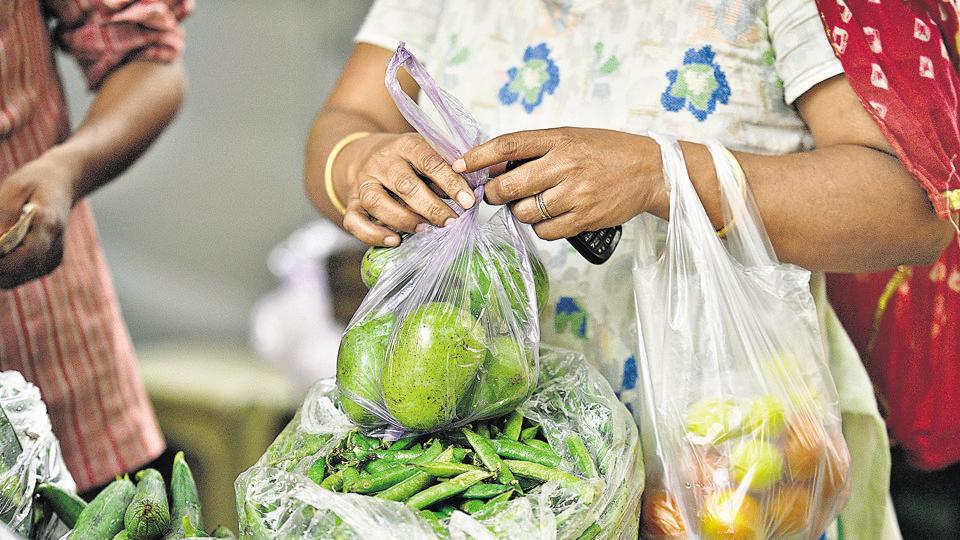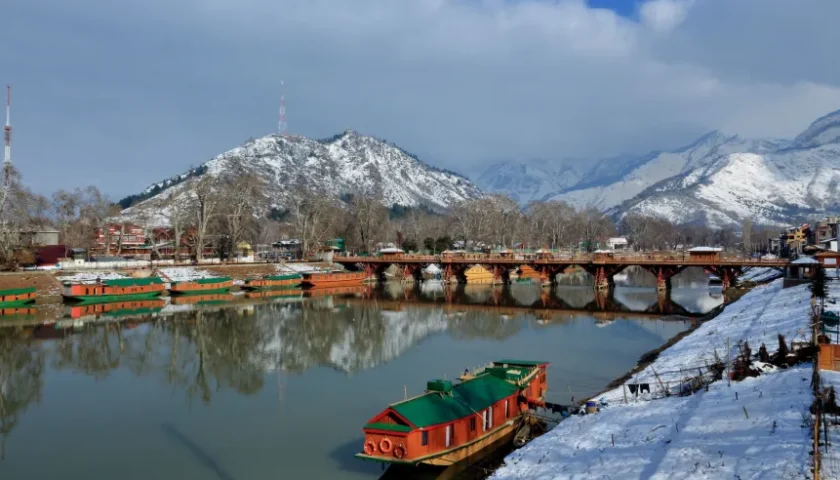In the absence of proper segregation of waste inside homes, the danger from hazardous plastics falls on the trash collectors, most of whom are poorly paid. And, landfills are still non-scientific dump sites that pose grave threats to land and water resources
M Khokhan Hamid, 39, hasn’t told his children what he does for a living. Shame keeps Hamid from telling them that every day he goes door-to-door collecting garbage.
“People think we are unclean,” he said, weaving through the neat lanes of Pandara road on a customised rickshaw. As he tore open a plastic trash bag collected from a house to examine its contents, he remarked, “Some people are dirtier than me.”
The trash bags can contain anything from vegetable shavings to sanitary napkins to shit. In the back of the rickshaw he cursorily sifts for anything that would fetch money in the recycling market: bottles, bags, cardboard.
Pandara road, a plush neighbourhood in the heart of the Capital, is the address of some of the country’s senior bureaucrats. The New Delhi Municipal Corporation (NDMC) that has charge of the area has run multiple campaigns to promote segregation, but it is yet to take root.
“India is a country where indiscipline is part of the blood, it is very difficult to educate people. You keep telling people to do it, some people will, some won’t,” SA Kumar, a senior official at the ministry of electronics, said.
At the Kumar household there are biodegradable trash bags for the wet and dry bins, which the bureaucrat said are easily available at a nearby store. “Everybody should do it,” he said.
A survey of Hamid’s rickshaw and the neighbourhood garbage collection point or dhalao, shows that most people in the colony don’t. “Everything gets mixed anyway,” is the common refrain. This is true at the collection point, where municipal trash carts for wet and dry waste are overflowing with mixed trash.
It wouldn’t matter if it was segregated. When the single compartment garbage truck arrives, everything is dumped together. “People don’t even know what happens with garbage, that it is sold, that it is recycled,” said Sawan, who goes by only one name and is a supervisor from Metro Waste Handling Private Limited, the private company charged with collecting and transporting waste.

Garbage waste trucks take the waste from the NDMC area, about 300 tonnes every day, to the waste-to-energy plant in Okhla. Another 1,500 tonnes come daily from the South Delhi Municipal Corporation. At the waste to energy plant, established in 2011, the trucks unload the garbage into giant pits, from where they are laid onto to conveyer belts. Anything that can be recycled is removed from the garbage stream: this includes large plastic and glass, that are manually segregated, and metal that is captured by magnetic separators.
Around 96% of the plastic waste generated in India is recyclable, according to the Central Pollution Control Board, but it’s rarely segregated at the household.
Compostable matter is also separated at the plant and sent to a compost pit. What remains is Refuse-derived fuel (RDF), which is fed to a boiler for generating electricity. The boiler, where controlled combustion takes place, helps to produce 16 MW of power. It also produces fly ash, used to make bricks tiles and paver blocks. About 50 tonnes of fly ash is used to make bricks every day, according to the company that runs the plant.
The plant is one of three waste-to-energy plants that are operational in Delhi.
Across India, landfills become the final destination for household waste. “Ineffective and non-scientific management of waste is the root cause of why India struggles with huge piles of waste in landfills,” according to new report from the environment ministry. “Most landfills are non scientific dump sites, posing grave threats to land and water resources.”
After the collapse at the Ghazipur landfill that killed two people last year, waste-to-energy plants have found favour with local authorities.
However, for both landfills and waste-to-energy plants, source segregation would reduce the potential for hazards, according to experts..
For now, waste collectors perform the task of source segregation not residents.
Door-to-door waste collectors like Hamid only remove what they can sell in the market, the rest including chips packets, soap wrappers, thinner plastic bags are left for the garbage truck. “The selling rate for some material is so low, why would they bother?” Raj Kumar, an NDMC official, said.
Hamid knows the value of what he has collected. He is not an NDMC employee, his salary of ~1,700 is paid by Chintan, an NGO he is associated with. The money from his salary comes from the 30 odd households he serves. The recyclables he collects fetch him almost double that amount.
He has complained to the NGO and the residents about the poor pay. The NGO said the money comes from the households Hamid serves. If he collected from more households or they agreed to pay more than ~60 a month they pay now, his salary can increase. The residents are not sympathetic to Hamid’s complaints either. “They say, why do you do this work? The salary is low, the work is dirty,” he said. “But if I don’t do this work, who will?”




